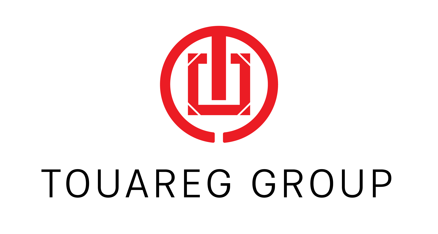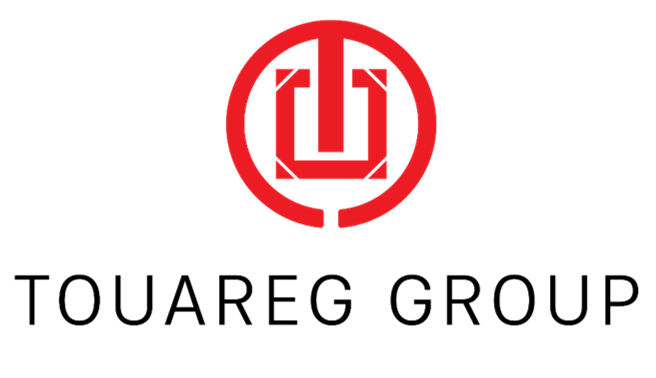


The investment clock, also known as the "Bull & Bear Clock," is a critical market reference tool that helps investors navigate market trends and sentiment. Developed by Bank of America Merrill Lynch’s securities division, this tool aims to elucidate the current market phase and assist investors in refining their strategies.
The investment clock categorizes the market into four distinct stages based on the business cycle:
1. Overheat: During this phase, the market experiences strong upward momentum. Stock prices are on a steady rise, economic growth is robust, and investor sentiment is highly optimistic. The S&P 500 index, for instance, might have been rising continuously for 12 months, accompanied by an economic growth rate exceeding 3%.
2. Stagflation: This stage is characterized by economic uncertainty and fluctuation. Stock prices may experience volatility or decline, and economic growth slows down. In this phase, the S&P 500 index might have been declining for three consecutive months, with economic growth between 2% and 3%.
3. Recession: The recession phase is marked by declining stock prices and pessimistic investor sentiment. The economy is in a downturn, with a growth rate falling below 2%. During this period, the S&P 500 index may have been decreasing for six consecutive months.
4. Recovery: In the recovery phase, the market hits its low point and begins to rebound. Stock prices may start to rise again, with economic growth picking up between 2% and 3%. The S&P 500 index may have been on the rise for three consecutive months.
At Touareg Group, we understand that the investment clock is an invaluable reference tool, providing insights into the current market phase and guiding investment strategies. For example, if the market is in the "Overheat" phase—characterized by a rising S&P 500 index and an economic growth rate over 3%—investors might witness strong performance in the stock market with optimistic investor sentiment and robust corporate earnings growth.
In such a scenario, it may be advantageous to consider increasing exposure to commodities or other assets that tend to benefit from an overheated market. However, it's crucial to remain vigilant, as the "Overheat" phase is not permanent, and the market could transition to a different phase at any time.
1. Reference Tool: The investment clock is a valuable reference, but it should not be the sole basis for investment decisions. Touareg Group emphasizes the importance of integrating this tool with other analysis methods.
2. Clock Cycles: Identify the current market cycle and adjust your investment strategy accordingly. Understanding whether the market is in a "prosperity," "transition," "recession," or another phase can help tailor your approach.
3. Risk and Return: Each phase of the investment clock carries distinct risks and returns. For instance, during the "prosperity" phase, while optimism is high, so are the risks. Conversely, the "recession" phase might present higher risks but could also uncover unique investment opportunities.
4. Integration with Other Indicators: Alongside the investment clock, consider other technical indicators and fundamental analysis. At Touareg Group, we advocate for a comprehensive approach, combining multiple research methods to better understand market trends and identify investment opportunities.
The investment clock serves as a crucial tool for navigating market phases, but it should be used in conjunction with other research and judgment. At Touareg Group, we believe in leveraging the investment clock as part of a broader strategy, integrating it with other analytical tools and market insights to develop a robust investment approach tailored to individual circumstances.
By staying informed and adopting a multi-faceted strategy, investors can better manage their portfolios and capitalize on opportunities across different market phases.
Other News

